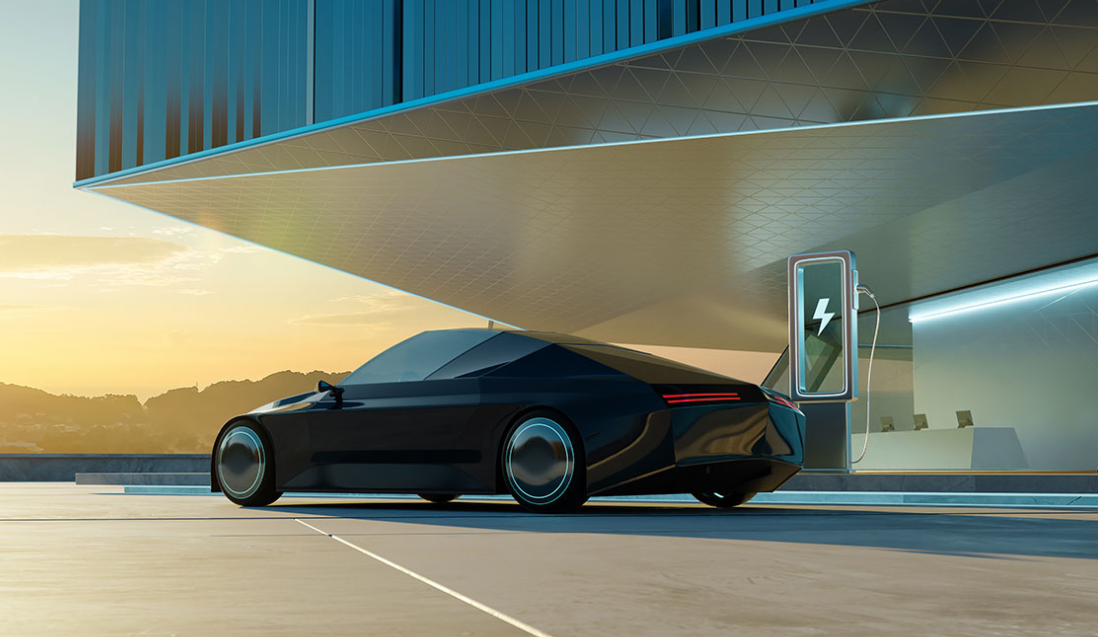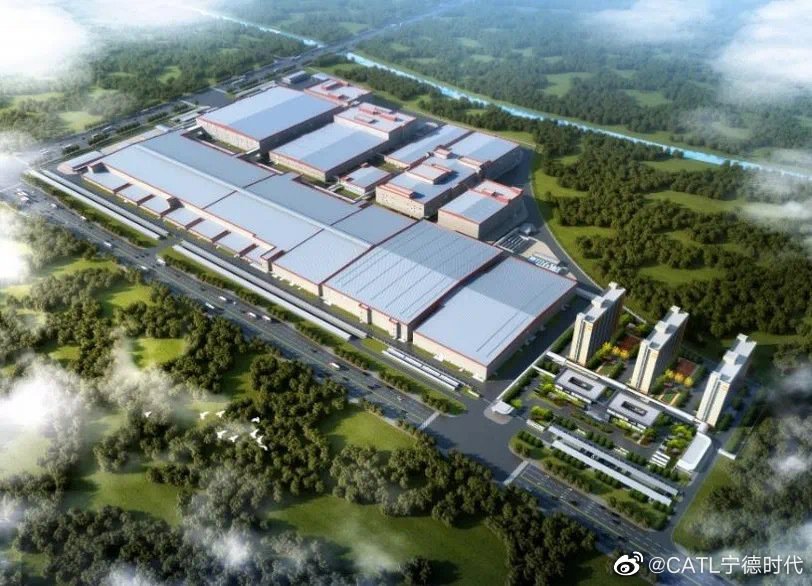Lithium prices “squat” while nickel and cobalt “jump high”: The new energy vehicle industry experiences stark contrasts. Currently, lithium prices linger at low levels. Battery-grade lithium carbonate costs around 74,000 to 75,000 yuan (10300$) per ton. Lithium carbonate futures range from 73,000 to 75,000 yuan (10300$) per ton. In contrast, nickel and cobalt prices quietly rise. The London Metal Exchange lists nickel at about 16,000 dollars per ton. Domestic nickel prices hover around 130,000 yuan (17850$) per ton. Cobalt prices reach 225,000 to 248,000 yuan (34060$) per ton. This price “seesaw,” shaped by resource attributes and market expectations, reshapes the competitive landscape of the new energy vehicle supply chain. As lithium shifts from “white oil” back to an industrial raw material, nickel and cobalt become the new focus in battery technology competition. The rational return of lithium prices gives downstream companies a breather. Leading firms like BYD and CATL accelerate vertical integration. They use lithium extraction technology from salt lakes to cut raw material costs. Meanwhile, rising nickel and cobalt prices push automakers and battery manufacturers to innovate. They explore high-nickel, cobalt-free, and solid-state battery technologies. The market shows a “cold and hot” trend. This trend tests companies’ cost control abilities. It also drives the new energy vehicle industry to shift from resource dependence to technology-driven growth. Nickel and cobalt prices rise, putting pressure on the supply chain. In the battery systems of new energy vehicles, ternary batteries gain favor due to their high energy density. They hold an important position in the market. However, recent fluctuations in nickel and cobalt prices hit ternary battery development hard. In 2022, geopolitical conflicts cast a shadow over the globe. Financial markets stirred trouble. Under these dual influences, nickel prices surged over 250%. Cobalt prices also rose by 93%. Nickel and cobalt serve as key components in the positive electrode of ternary batteries. Their price spikes directly increase ternary battery costs. For example, in NCM811 batteries, nickel and cobalt account for over 60% of the cost. This means each rise in nickel and cobalt prices adds weight to the cost balance of ternary batteries. Estimates show that the battery cost for a single new energy vehicle increases by over 10,000 yuan (1370$). Car companies face huge cost pressures. They often feel powerless. To maintain profit margins, they must raise prices.
In March 2022, the automotive market experienced a price surge. Many brands raised their prices. This increase deterred many consumers from purchasing cars. It also suppressed market demand for ternary battery models. Battery technology continues to diversify. The rise in nickel and cobalt prices has multiple causes. Demand growth is a key factor. The increasing need for high-energy-density batteries in new energy vehicles has expanded the market share of ternary lithium batteries. High-nickel ternary batteries are particularly favored. Nickel enhances battery energy density, while cobalt improves stability and cycle life. Tesla’s use of high-nickel ternary lithium batteries significantly boosts range, prompting more automakers to follow suit and driving up demand for nickel and cobalt. Additionally, speculation in financial markets has contributed to this trend. This price movement significantly impacts the industry. Falling lithium prices lower the cost of lithium iron phosphate batteries, enhancing their competitiveness in the mid to low-end market. Rising nickel and cobalt prices increase the cost of ternary lithium batteries, highlighting their cost disadvantage against lithium iron phosphate batteries. Some analysts suggest this situation will lead companies to reassess their battery technology strategies and reshape cooperation between upstream and downstream enterprises.
The nickel and cobalt cost pressure forces the industry to a crossroads. It must make tough choices. This situation accelerates the divergence in battery technology, creating two distinct paths filled with challenges and opportunities. On one hand, high-nickel and cobalt-free technologies become key research directions for many companies. They act like two swords, aiming to cut the shackles of nickel and cobalt costs. For high-nickel technology, increasing nickel content while reducing cobalt usage is crucial. This approach lowers costs and enhances battery performance. For example, the development of NCMA batteries with 90% nickel content represents cutting-edge exploration in this field. As nickel content rises, battery energy density significantly increases. This boost in range enhances the market competitiveness of electric vehicles. However, high-nickel technology faces challenges. It brings technical issues like reduced safety and stability. During charge and discharge cycles, chemical reactions inside the battery become more intense, increasing the risk of thermal runaway. This poses a significant challenge to the development of high-nickel technology. Cobalt-free technology also advances rapidly. The emergence of 4680 batteries marks an important milestone. Cobalt-free batteries can effectively lower costs and reduce reliance on cobalt resources, addressing the scarcity issue fundamentally. Yet, cobalt-free batteries encounter technical bottlenecks. Ensuring energy density and cycle life without cobalt presents challenges. Solving these issues requires companies to invest substantial research resources and pursue continuous technological innovation.

